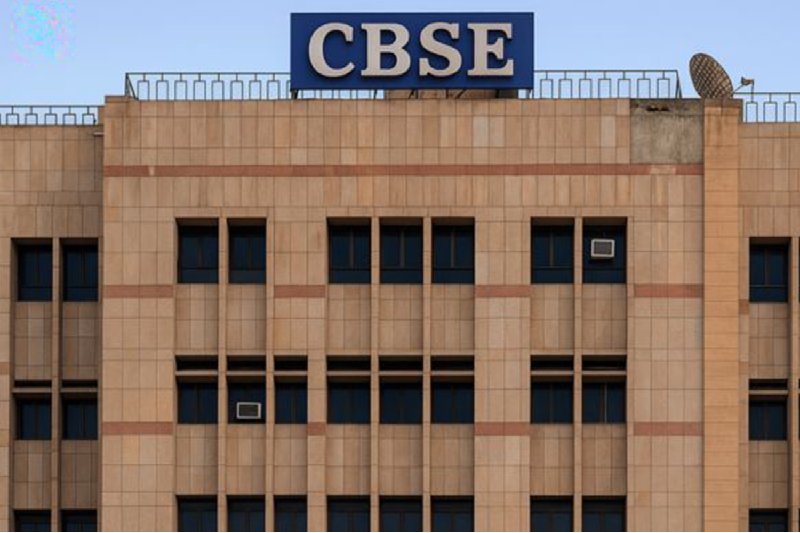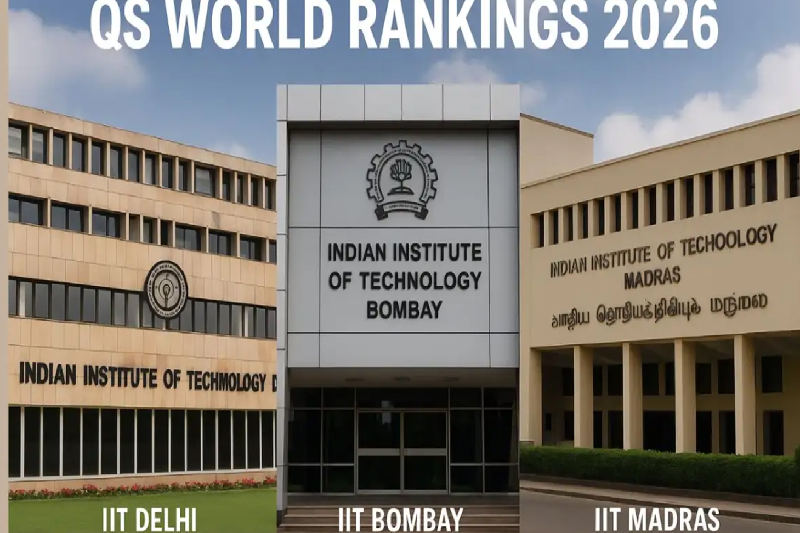
Balbharati Textbooks to Be Printed on Lower-Quality Paper: What It Means for Students
In a recent move that has raised eyebrows among educators, parents, and child welfare advocates, Balbharati—the Maharashtra State Bureau of Textbook Production and Curriculum Research—has decided to print school textbooks on lower-quality paper. According to a tender released by the bureau, several technical standards for the paper used in textbooks have been reduced, sparking concerns over durability, readability, and student health.
“We are not asking for anything special; we only want the quality that has been consistent all these years to be preserved.”
— Pravin Jadhav, Sankalp Jeevan Charitable Trust
Reduced Brightness and Dullness in Textbooks
One of the major changes involves the brightness index of the paper, which measures the percentage of light reflected by a sheet. Higher brightness makes printed colours vivid and black text more legible. The new specifications have reduced the brightness index from 85% to 78%, making the pages approximately 7% duller.
For students, this reduction could mean that textbooks may appear less vibrant, and black text may not stand out as clearly, particularly under artificial lighting in classrooms. Experts note that reduced brightness can increase visual strain during reading, which may contribute to headaches or eye discomfort over prolonged study sessions.
Decline in Strength and Durability
The tensile index, which determines the strength of the paper, has also dropped by roughly 30%, making the sheets weaker and more prone to tearing. Coupled with the reduced smoothness—down by 20%—and durability reduction of 20–25%, the textbooks are likely to deteriorate faster under regular use. Students carrying these books in backpacks or using them over the entire academic year may face frequent wear and tear, affecting both usability and longevity.
Additionally, the opacity index has decreased by 7%, allowing more light to pass through the pages. This means that text or images printed on one side of the page may become visible from the other side, potentially hampering readability and focus during study sessions.
Public Interest Litigation and Concerns for Students
The decision to lower paper standards has prompted the Sankalp Jeevan Charitable Trust to file a Public Interest Litigation (PIL) in the Bombay High Court. The trust argued that Balbharati’s move will harm students in several ways, particularly by increasing eye strain and causing headaches or migraines due to reduced paper quality.
The PIL highlighted comparisons with other states and institutions, noting that the quality of paper in Balbharati textbooks will be lower than that used by textbook corporations in Madhya Pradesh, Gujarat, Assam, Odisha, the National Open University, and NCERT. This drastic reduction in minimum quality standards, according to the trust, represents a serious adverse impact on schoolchildren.
“This is not about luxury; it is about maintaining a baseline standard that ensures readability, durability, and the health of students.”
— Sankalp Jeevan Charitable Trust submission to Bombay High Court
Balbharati’s Response
Responding to the criticism, Anuradha Oak, director of Balbharati, stated that some of the parameters were higher in previous years, and this year the bureau has opted to standardize paper quality. She emphasized that the new paper specifications are compliant with the Bureau of Indian Standards benchmark.
Oak’s statement suggests that the move is intended to align textbook production with uniform standards rather than to compromise quality. However, parents and educationists argue that “standardization” should not come at the cost of lower brightness, weaker strength, and decreased durability, particularly when students’ learning experience and health are at stake.
Implications for Students and Classrooms
The reduction in paper quality has multiple potential implications:
- Eye Strain and Headaches: Duller pages and lower opacity can increase visual fatigue for children who read or study for long hours.
- Reduced Lifespan of Textbooks: Weaker and less smooth pages are more prone to tearing, which could force families to replace books more frequently.
- Readability Issues: Transparency of pages may make reading double-sided text difficult, affecting comprehension and concentration.
- Comparison with Other States: Students in Maharashtra may end up with textbooks that are inferior in quality compared to those in other Indian states or under NCERT guidelines.
Educationists stress that textbook quality is not a cosmetic issue; it directly affects the efficiency of learning and the overall student experience.
The Debate: Standardization vs. Student Welfare
Balbharati’s decision highlights a broader debate in educational policy: how to balance cost-efficiency, standardization, and student welfare. While lower paper standards may reduce printing costs and ensure uniformity, critics argue that this comes at a real cost to students’ health and learning outcomes.
Parents, teachers, and NGOs like Sankalp Jeevan are urging the government to revisit the tender specifications and restore paper quality to previous benchmarks. They contend that a 7% reduction in brightness, combined with declines in durability and smoothness, is significant enough to affect the usability of textbooks throughout the academic year.
The controversy over Balbharati’s lowered textbook quality underscores the importance of maintaining minimum standards in educational resources. While standardization can simplify production and reduce costs, the potential impact on students’ health, learning, and day-to-day experience cannot be ignored.
As the Bombay High Court examines the PIL, stakeholders—including parents, teachers, and child welfare organizations—hope for a resolution that preserves readability, durability, and student well-being while keeping production practical and cost-effective.
“Textbooks are the foundation of learning. Compromising their quality is compromising education itself.”
— Education observers and advocates
The outcome of this debate may not only affect Maharashtra’s students but also set a precedent for how textbook quality is regulated nationwide.



